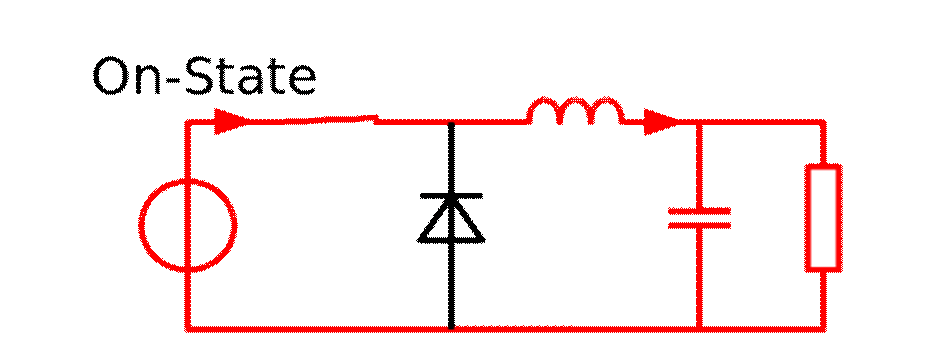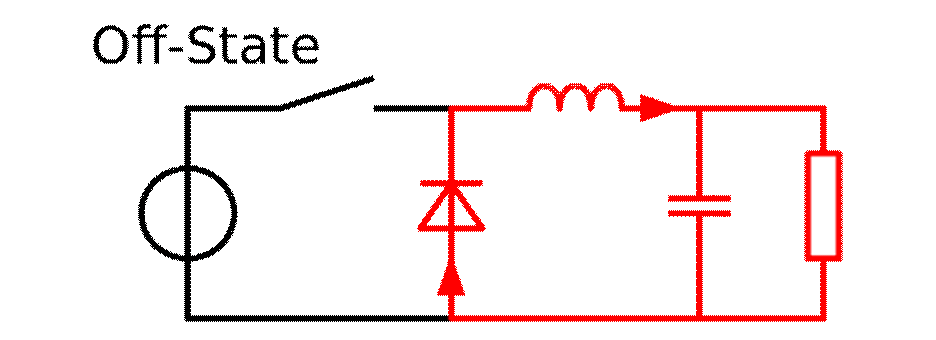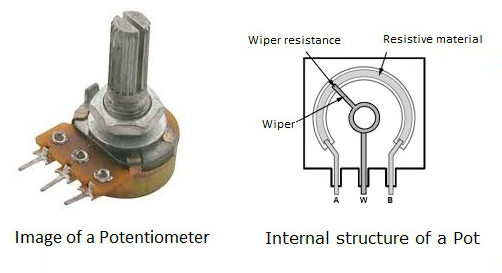Introduction
To step down an AC voltage, we use a transformer; however, to step down a DC voltage source efficiently, we use a step-down buck converter for the process. The LM2596 is a switching regulator capable of driving up to 3A of load.
Using this regulator, the LM2596 Buck converter can be designed to step down a maximum unregulated input of 40 volts DC to a regulated output between 1.23 to 37 volts DC.

In this article, we will discuss the working of an LM2596 Buck converter along with its applications, so that you can also use this module in your future projects.
Design of a Buck Converter Module
A Buck converter module, such as the LM2596 DC-DC Step Down Buck converter, has five major components:
- Switching MOSFET – Used for rapid switching of the circuit to control the flow of energy.
- Inductor – Used for storing energy when the circuit is ON and releasing it when OFF.
- Diode – To ensure the flow of current is in the correct direction to prevent it from damaging the module itself.
- Capacitor – To help smooth the output voltage by filtering pulsating DC output, ensuring a stable output voltage.
- PWM Controller – Required to regulate the switching frequency and duty cycle of the Switching MOSFET.
Operation Principle
- Switch ON Phase

During the Switch ON Phase, the Inductor keeps storing energy as current from the power supply flowing through it increases linearly denoted by this equation:

During the ON phase, the diode is reverse-biased to prevent the current from flowing in the opposite direction.
- Switch OFF Phase

During the Switch OFF Phase, the power source is disconnected from the circuit since the regulator switch is switched off. This allows the diode to be forward biased, allowing the current stored in the inductor to flow through the circuit loop, eventually flowing through the capacitor and at the output.
The voltage across the inductor decreases linearly, and it’s given by the equation:

The final output voltage at the buck converter is given as:

Where D is the duty cycle or the ratio for the time the switch stays ON.
Applications
- Power Supplies: Buck converters are great for regulating power supplies to step them down from a higher voltage to a more stable 3.3 to 5 volts DC, especially in the case of microcontroller units such as Arduino and Raspberry Pi.
- Automotives: Cars usually support batteries that are either 24 volts or 48 volts DC, and to operate sensors and other accessories within the cars, such as charging ports, 5 volts or less is required; hence, a buck converter is used to step down to a lower stable voltage level.
- Renewable Power Systems: Can be used to stabilize the DC output of a solar panel by regulating the output voltage levels for direct load supply.
Conclusion
With a maximum efficiency of 73%, the LM2596 is a great choice that you can use for your projects. With its simple operation and efficient design, the LM2596 Buck Converter is very easy to integrate into your projects. To source your own LM2596 switching regulator, check out Flywing-Tech for more information.



